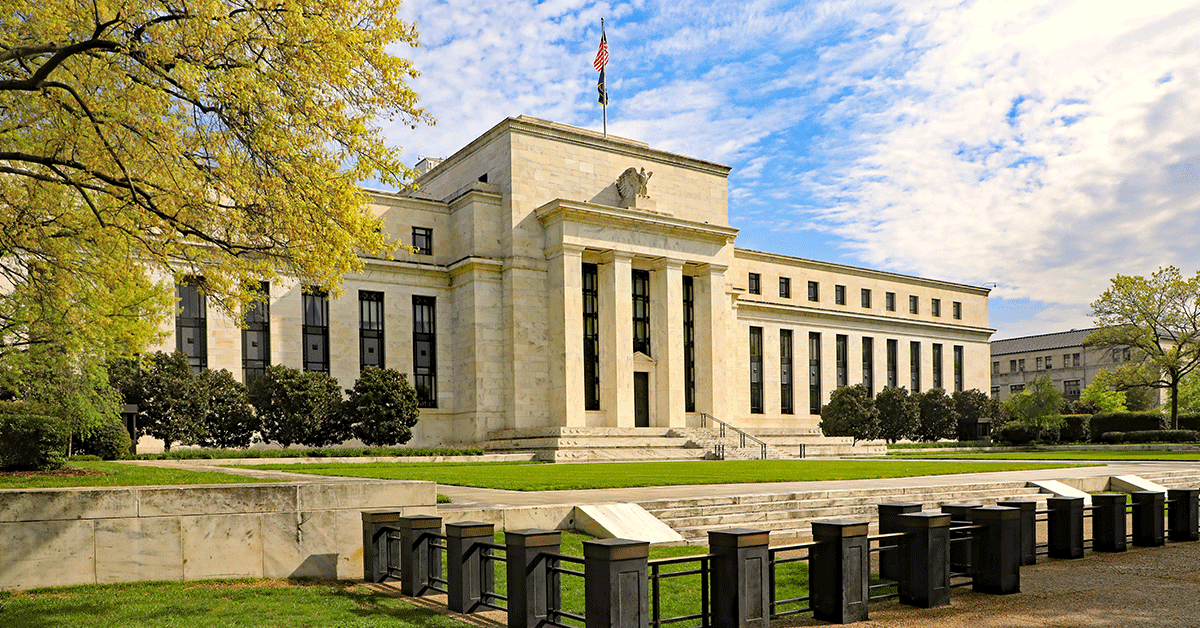The Feds Plan to Pump $1.3 Trillion into The Economy
- Posted on March 18, 2020
- Stock Market
- By Glory

The news of the Trump administration’s economic stimulus package has caused excitement all over the US as both individuals and businesses will partake in this movement.
In a press conference on Tuesday, the Treasury Secretary, Steven Mnuchin announced the Trump administration’s intentions to send direct checks to Americans as a way of mitigating economic threats caused by the coronavirus—also, to answer the “cry” of many American families that are in need of money.
While individuals rejoice, businesses also rejoice at the news of the Fed’s intentions to grant businesses, small and large alike, up to $1 trillion short-term loans in funding. According to the Feds on Tuesday the focus of this move is to help companies that are struggling to get short-term funding required to operate. In addition to this, a special credit facility would be made available to purchase corporate paper from issuers. It is a critical short-term funding businesses need to operate.
Although, there are a few probabilities that the total amount may not be up to $1 trillion at the end of the day. This was confirmed in a Tuesday news conference by Mnuchin. However, Randall Kroszner, former Federal Reserve governor hopes that this move pulls through as it could be become “a real problem” if the market freezes.
“This is a crucial market for basically short-term borrowing companies, and if you don’t get this short-term borrowing, you can’t get payments out, you can’t pay your employees, you can’t pay your customers,” he told CBNC.
About a week ago, the Federal Reserve Bank of New York announced its intentions to grant $1.5 trillion in short-term loans to banks as a way of addressing “highly unusual disruptions in Treasury financing markets associated with the coronavirus outbreak.” This announcement came after the emergency rate cut of 0.5%, which was perceived insufficient to sustain the US economy amid the coronavirus outbreak
The plan was to release $500 billion on March 12, and split the remaining $1 trillion into two batches; the first $500 billion on March 13 and the second $500 billion spread between the weeks of April. At this time, the Feds chose not to call this move a “stimulus” as the loans were only short-term and would have to be repaid as soon as possible. This was clearly stated by the Feds as political criticisms arose concerning the matter saying that $1.5 trillion was a huge sum to be spent only on banks and that there were other priorities to consider like universal health care or student debt relief. Bernie Sanders in a tweet tweeted that, “When we say it’s time to provide health care to all our people, we’re told we can’t.”
In response to such criticisms, the Feds stated over again that it didn’t “spend” $1.5 trillion, rather that it “loaned” the money to banks, and that the loans are backed up by bonds that worth far above the principal.


Be the first to comment!
You must login to comment